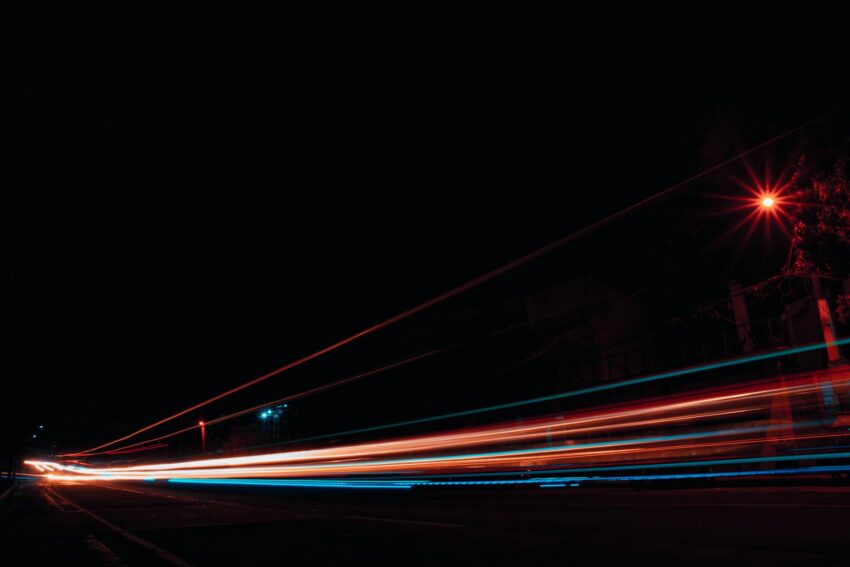Psychedelic experiences have long influenced global popular culture, with their vibrant hues, intricate patterns, and mind-bending narratives seeping into a wide range of artistic manifestations. From the vibrant canvases of psychedelic art to the counterculture movements that defined a generation, the triumphant choruses of psychedelic music to the intricate discourses of psychedelic literature, the influence of psychedelics is undeniable and far-reaching.
In the world of psychedelic art, artists employ a visual language of vibrant colors, detailed surrealism, and complex, distorted forms to represent and replicate the psychedelic experience. Artists like Peter Max and Carlos Santana helped redefine the visual aesthetic of their time, with their work heavily influencing future generations.
Parallel to the development of psychedelic art, counterculture movements of the 1960s and 70s widely embraced psychedelics as tools for social, spiritual, and personal transformation. Some most recognized icons of this era, such as Timothy Leary and Ken Kesey, became popular figures due to their passionate advocacy for the use of psychedelics.
The marriage of psychedelics and music is another undeniable alliance. Psychedelic music, characterized by its abstract lyrics, extended instrumentals, and use of unusual instruments, is a direct tribute to the genre’s hallucinogenic inspirations. Bands like The Grateful Dead, The Beatles, and Pink Floyd became pop icons and psychedelics proponents, embedding the influence of their iconic trips within their hypnotic melodies and profound lyrics.
Psychedelics have also made a significant mark on modern literature. William S. Burroughs and Hunter S. Thompson, renowned figures of the Beat Movement and Gonzo journalism respectively, are noted authors exploring the realms of psychedelic literature. Their seminal works often revolved around their personal experiences with drugs, laying the groundwork for drug subcultures in literature and defining a new genre of experiential narratives.
Tracing the trippy visuals in films like ‘Yellow Submarine’ and ‘A Clockwork Orange’ reveals the depth of psychedelic influence on popular media. Few can forget the psychedelic film scene in ‘2001: A Space Odyssey,’ a kaleidoscopic journey into an alien world, proving how intrinsic these themes have become to our cinematics.
Fashion is another industry that has eagerly absorbed the influence of psychedelics. Drug-inspired fashion trends featuring bold colors, intricate prints, and experimental silhouettes have had resounding success on runways, as designers attempt to capture the vibrant, chaotic nature of a psychedelic trip in fabric form.
It is indisputable – psychedelics have left their technicolor fingerprints all over modern pop culture, transcending the boundaries of art, music, fashion, literature, and film. As society continues to thaw its views on the use and effect of these substances, it’s safe to predict that they will remain a significant currency in the marketplace of ideas and continue to shape the fabric of our cultural tapestry.
